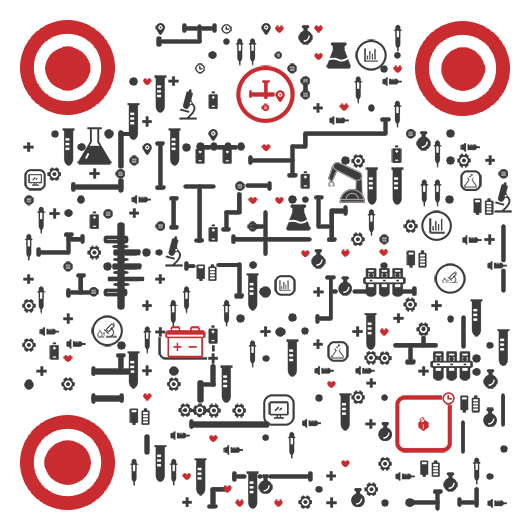Disinfection effect testing
1. Purpose
To regulate the province's disinfection monitoring work, to provide technical support for the disinfection supervision of health care institutions and child care institutions, and to promote the prevention and control of infectious diseases in health care institutions and child care institutions.
2. Regulatory basis
The Prevention and Control of Infectious Diseases Law of the People's Republic of China", "Disinfection Management Measures", "National Code of Practice for Disease Prevention and Control Institutions", "Hospital Infection Management Code (for Trial Implementation)" (Health Medical Development [2000] No. 431).
3. Cited standards and technical specifications
Sanitary Standards for the Disinfection of Food and Drinking Utensils (GB 14934-94)
Methods and Standards for Evaluation of Disinfection and Sterilization Effectiveness (GB 15981-1995)
Sanitary Standards for Disinfection in Hospitals (GB 15982-1995)
Sanitary Standards for Cultural and Entertainment Establishments (GB 9664-1996)
Requirements for the discharge of sewage from medical institutions (GB 18466-2001)
Hygiene Standards for Single-Use Sanitary Products (GB 15979-2002)
Technical Specification for Disinfection (2002 version) (Health Law Supervision [2002] No. 282)
Code of Practice for Endoscopic Cleaning and Disinfection Techniques (2004 Edition) (Health Medical Development [2004] No. 100)
Technical specifications for the disinfection of dental instruments in medical institutions" (Health Medical Development [2005] No. 73)
4. Testing items and requirements.
Medical institution disinfection quality monitoring
Monitoring frequency: 2 to 4 times a year.
Monitoring items and requirements.
(1) sterilized medical supplies (including single-use sterile medical supplies): sampling to take into account the variety of supplies, specifications and batch numbers.
(2) In-use disinfectants: focus on the monitoring of departments that conduct more invasive operations.
(3) Sterile instrument preservation solution: focus on monitoring such as holding forceps, biopsy forceps, rigid endoscopes and other instruments requiring sterilization in the use of soaking solution or sterilization solution used in the sterilization of such instruments.
(4) Various types of ambient air: Focus on monitoring Class I and II environments, such as operating rooms, delivery rooms, infant rooms, neonatal wards, burn wards, intensive care units, general protective isolation rooms, sterile areas of supply rooms, etc. Concurrent monitoring of Class III environment.
(5) Medical staff hands.
(6) Object surfaces: Focus on monitoring Class I and II environments, such as operating rooms, delivery rooms, infant rooms, neonatal wards, burn wards, intensive care units, general protective isolation rooms, sterile areas of supply rooms, etc. Concurrent monitoring of Ⅲ and Ⅳ environments.
(7) UV lamp irradiation intensity.
(8) Sterilizer biomonitoring.
(9) Hospital wastewater.
(10) Single-use sanitary products: focus on sanitary products used in obstetrics and gynecology and neonatal units and related to the occurrence of infections.
Quality monitoring of disinfection in childcare institutions
Monitoring frequency: 1 time per semester.
Monitoring items and requirements.
(1) Air: Sample checks of classrooms, dormitories and activity rooms.
(2) Object surfaces: sampling classrooms, dormitories and activity rooms.
(3) Kitchen and dining utensils.
(4) Toys: sampling should cover all classes.
(5) Hands: caregivers, teachers and children.
(6) In-use disinfectants: monitoring should focus on medical offices where more invasive operations are conducted.
(7) UV lamp irradiation intensity.
Solutions
To ensure that you comply with local regulations and guidelines for disinfection quality in medical institutions and childcare facilities, we can provide you with targeted solutions and one-on-one service! Our company has CNAS and CMA qualifications, providing testing and certification services in the fields of electronic and electrical appliances, occupational health testing and evaluation, public health testing and evaluation, environmental water quality testing, EMC, safety regulations and certification, with short lead time, authoritative reports and international credibility, successfully serving tens of thousands of well-known enterprises and organizations.


 Telephone
Telephone  Contact
Contact